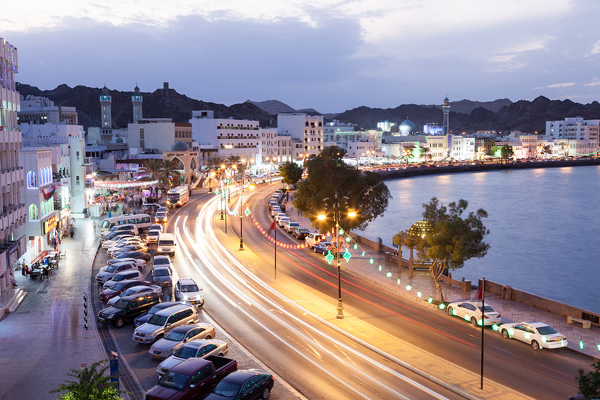
ME international tourist arrivals up 2pc
MADRID, August 11, 2016
International tourist arrivals in the Middle East are estimated to have grown by 1 million (up 2 per cent) in 2015, increasing the total to 53 million, a new report has revealed.
According to a report by UNWTO, the region has consolidated the rebound that started in 2014, when arrivals increased by 7 per cent, following three years of decline. International tourism receipts increased by 4 per cent in real terms to $54 billion. The Middle East has a share of over 4 per cent in both worldwide arrivals and receipts.
Growth was driven by intraregional demand from member states of the GCC. Oman (over 16 per cent) and Lebanon (over 12 per cent) both recorded double-digit growth in international arrivals in 2015 as they continued their rebound from the weaker results in the early 2010s.
Qatar posted a 4 per cent increase, making it the only country in the region that has maintained consistent growth for over a decade. The region’s leading destination, Saudi Arabia, reported a small decline (down 1 per cent). Egypt reported a 5 per cent decrease in arrivals in 2015 as a result of various incidents. Jordan and Palestine also received fewer arrivals.
According to Tourism Towards 2030, the number of international tourist arrivals worldwide is expected to increase by an average of 3.3 per cent a year over the period 2010 to 2030. Over time, the rate of growth will gradually slow, from 3.8 per cent at the beginning of the period to 2.9 per cent in 2030, but this is on top of growing base numbers. In absolute numbers, international tourist arrivals will increase by some 43 million a year, compared with an average increase of 28 million a year during the period 1995 to 2010. At the projected rate of growth, international tourist arrivals worldwide are expected to reach 1.4 billion by 2020 and 1.8 billion by the year 2030.
International tourist arrivals in the emerging economy destinations of Asia, Latin America, Central and Eastern Europe, Eastern Mediterranean Europe, the Middle East and Africa will grow at double the rate (over 4.4 per cent a year) of that in advanced economy destinations (over 2.2 per cent a year). As a result, the number of arrivals in emerging economies is expected to exceed those in advanced economies before 2020. In 2030, 57 per cent of international arrivals will be in emerging economy destinations (versus 30 per cent in 1980) and 43 per cent in advanced economy destinations (versus 70 per cent in 1980).
The strongest growth by region will be seen in Asia and the Pacific, where arrivals are forecast to increase by 331 million to reach 535 million in 2030 (over 4.9 per cent per year). The Middle East and Africa are also expected to more than double their number of arrivals during this period, from 61 million to 149 million and from 50 million to 134 million respectively. - TradeArabia News Service







